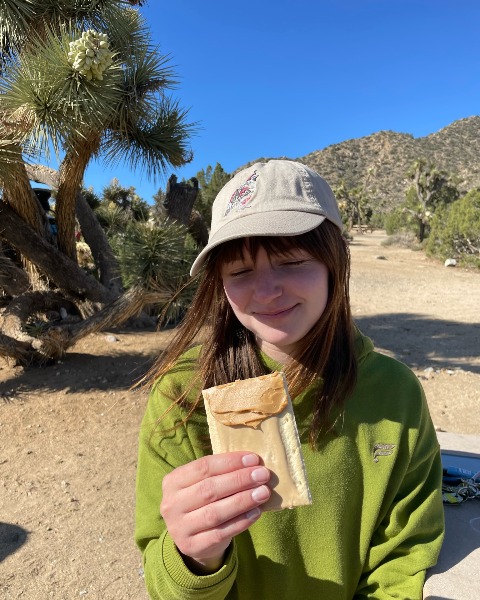Systematics, Evolution, and Biodiversity
Student Competition Poster
Grad SysEB: Biodiversity and Ecology
D3098: Moisture modulates ephemeral resource patch quality for burying beetle reproduction
Monday, November 14, 2022
9:00 AM - 6:30 PM PT
Location: West Exhibit Hall A

Tracie E. Hayes (she/her/hers)
Graduate Student
University of California
Davis, California
Presenting Author(s)
Ephemeral resource patches (ERPs) are unique resource hotspots that are scarce in space and time, often resulting in amplified ecological activity. Though many resources are ephemeral and there are many species that use them, little is known about how shifts in ephemerality affect reproductive success. Burying beetles are characteristic consumers of ERPs, as their reproduction requires locating, defending, and burying a small carcass. I tested the role of carcass moisture and competition on reproductive success by placing pairs of the burying beetle Nicrophorus guttula in experimental chambers in the field. I gave each pair one of four treatments: (1) a fresh mouse carcass with no competitors, (2) a fresh mouse carcass with competition from 2 Heterosilpha individuals (a generalist carrion beetle), (3) a dehydrated mouse carcass with no competition, and (4) a dehydrated mouse carcass with competition. After giving the Nicrophorus pair time to bury the mouse, lay eggs, and raise larvae to pupation, I measured reproductive output by counting and weighing all pupae. Though the competition treatment had no effect on reproductive output, the dryness of the carcass determined whether there was a reproductive attempt. Pairs that were given fresh carcasses, or carcasses earlier in their ephemeral “lifespan,” were more likely to carry out reproductive behaviors and produce viable offspring than pairs that were given a dehydrated mouse. These results are relevant to many consumers of ERPs as abiotic factors, like moisture, shift under climate change and interact with resources and their availability to consumers in time.



